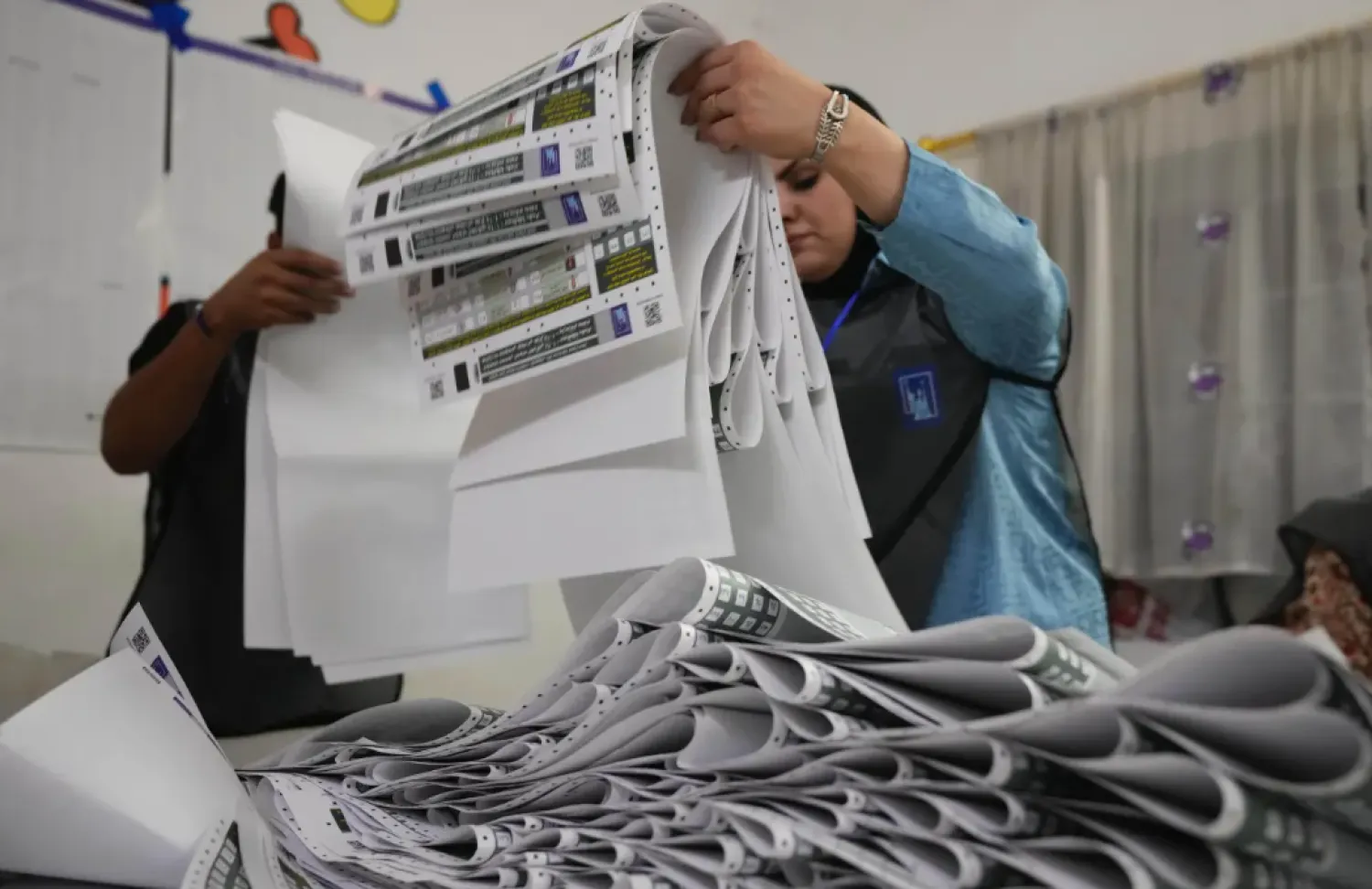The United Nations refugee chief said on Friday that Sudanese refugees could be making their way to Europe if humanitarian aid was not adequately provided to the people of the war-torn country.
War erupted in Sudan on April 15, 2023, between the Sudanese army and paramilitary Rapid Support Forces (RSF), devastating the country's infrastructure, prompting warnings of famine and displacing millions of people inside and outside the country.
Thousands of civilians have been killed, although death toll estimates are highly uncertain, and both sides have been accused of committing war crimes.
Filippo Grandi, the United Nations High Commissioner for Refugees (UNHCR), said the humanitarian crisis in Sudan could prompt desperate Sudanese to flee beyond neighboring countries, where nearly two million people have already sought shelter.
"We know very well that this region is full of criminals that want to take advantage of the misery of refugees and displaced and help them move on at a cost towards North Africa, towards Europe," Grandi told Reuters at UNHCR headquarters in Geneva.
"I'm making the case for more support to be given to those that are displaced inside Sudan or immediately in the neighboring countries, because otherwise they will become refugees along those routes."
Arrivals of refugees and other migrants, particularly those who reach countries by irregular means, is a significant and divisive political issue in a number of European nations.
Statistics published by UNHCR show increased movements of Sudanese refugees to Europe, with 6,000 arriving in Italy from Tunisia and Libya since the beginning of 2023.
That figure represents an almost sixfold increase compared to the previous year, although Sudanese people still represent a small percentage of arrivals in Italy.
"Is humanitarian aid going to stop everybody from moving? Of course not," said Grandi, who will take part in a donor conference on Sudan in Paris on Monday.
"But certainly, it is a stabilizing factor that reduces the incentives for people to be trafficked and smuggled on."
In separate comments on Friday, the World Health Organization said the crisis in Sudan will worsen in the months to come if the fighting does not stop and unhindered access for the delivery of humanitarian aid is not secured.
"We are only seeing the tip of the iceberg, and the situation could be much more dire," WHO spokesperson Christian Lindmeier said, stressing that 15 million people were in need of urgent health assistance and that diseases such as cholera, malaria and dengue were spreading.
Lindmeier said medical supplies in the country were estimated at about 25% of the needs, and 70 to 80% of Sudanese health facilities were not functioning due to the conflict.









